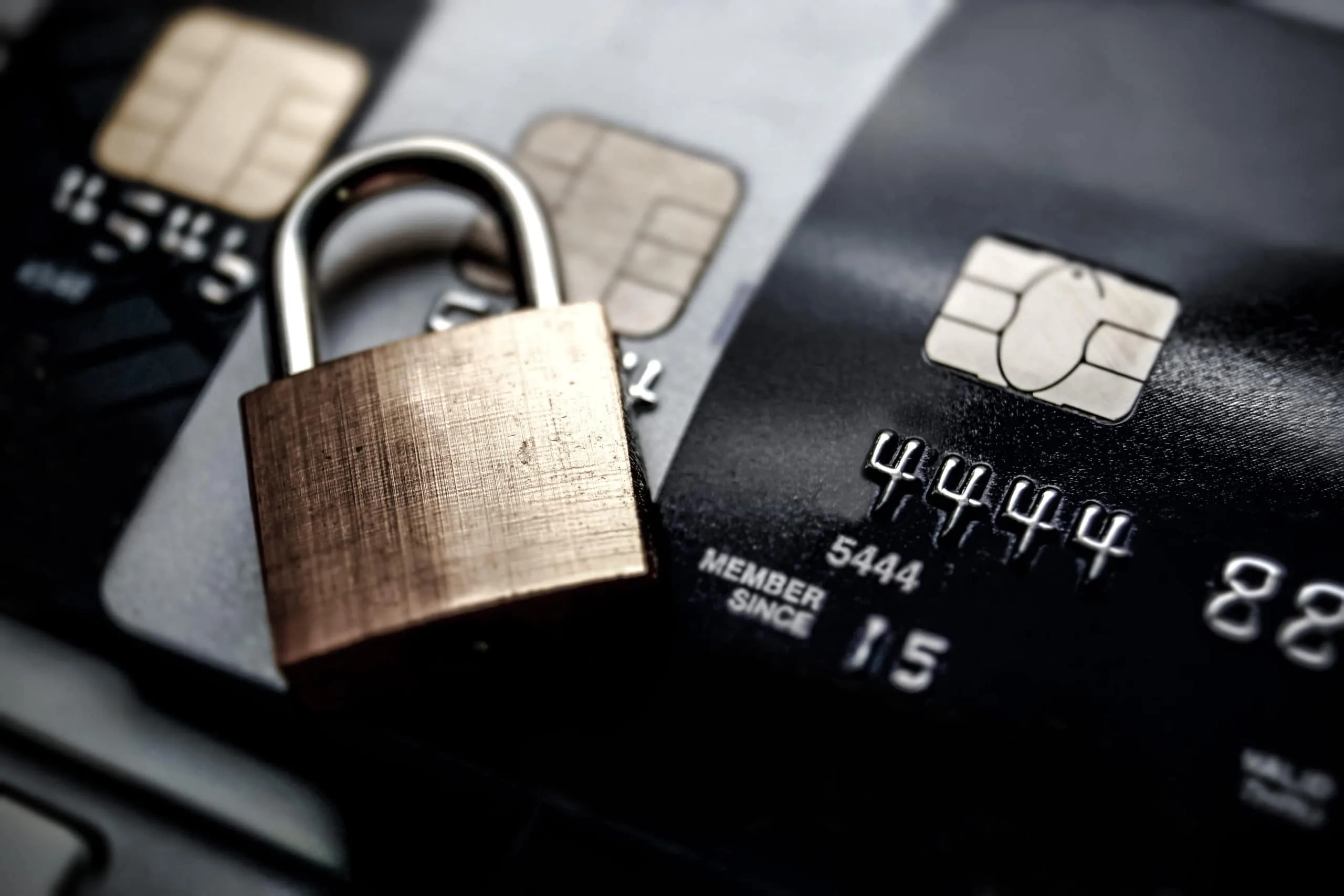Between 2019 and 2020, credit card fraud in the United States rose by 44.6%. Identity theft by this method hit 393,000+ in 2020 alone. Unfortunately, it’s up to sellers to focus on credit card fraud merchant protection to reduce their risks.
A few key methods can be used to lower the risk of credit card fraud at your establishment.
Credit Card Fraud Merchant Protection: What You Need to Know
There are many ways merchants can help prevent fraud. Some of the most effective options for credit card fraud protection include:
Use a Chip Reader
Accepting EMV chip cards is an effective way to protect against fraud. These small chips transmit data similarly to how magnetic strips transmit data, but EMV chips work in a different way.
EMV chip cards must be inserted into a slot located on the payment terminal. The reader first verifies the card, and then the purchase is authorized. The process of reading chip cards is known as dipping.
EMV cards also help prevent fraud because they produce a unique code for each transaction. These codes make it harder for thieves to steal the data they need to create counterfeit cards.
Improve Security for Online Payments
Improving security for online payments can help protect against fraud.
CAPTCHA technology like Mastercard SecureCard and Verified by Visa helps ensure that online transactions are secure. They work to prevent CNP fraud.
If you serve online customers in Europe, using authentication methods like 3D Secure, which Visa and Mastercard created, adds an extra layer of security and helps protect merchants against chargeback liability.
3D Secure requires customers to go through an extra verification step with their card issuer when paying for a transaction.
Train Employees on Payment Processor Guidelines
Credit card fraud protection starts with your team of employees, especially for brick-and-mortar operations. Since your employees will be handling transactions, they must be:
-
- Familiar with and understand the payment processor’s compliance protocol
-
- Trained to remain in compliance and reduce the risk of identity theft
One method of reducing fraud, especially in a high-risk business, is to require multiple forms of identity. For example, consumers may have to provide their credit cards as well as a driver’s license to verify their identities.
Of course, employees can take additional steps to reduce fraud, such as:
-
- Shred any paper documents from clients that contain credit card information
-
- Sensitive documents should be kept inside of the establishment and disposed of securely
Anti-fraud training and adhering to a payment processor’s guidelines is an easy method of reducing potential fraud. Internal fraud, which can and does happen, is another concern. New employees may be blocked from accessing customer or client payment information.
Businesses can further control internal access to the cards when using company credit cards and require purchase approvals for all purchases over a certain limit.
Who is Liable for Credit Card Fraud?
Credit card fraud merchant protection is crucial for merchants because consumers are rarely held responsible for the fraud occurring. Instead, there are two entities that are liable:
-
- Card issuing banks
-
- Merchants
Of course, if the person that stole a credit card is caught, they can be held liable for charges. However, it can take weeks, months or even years for the person that stole or counterfeited the card to be caught.
In the meantime, merchants are often liable to cover the charges.
For example, the goods come from your inventory, and while you may receive the money back if the thief is caught, you’re still at a loss for the charges.
Merchants must read through their agreement with a merchant service provider to better understand how fraud is handled.
Types of Credit Card Fraud
There are several types of credit card fraud that merchants should be aware of, including:
Stolen or Lost Cards
Criminals may use lost or stolen cards to make as many purchases as possible before the card owner realizes their card is missing. This is one of the most common methods of credit card fraud.
Thieves are more likely to use lost or stolen cards to make online purchases because they don’t require a PIN. However, they may also target merchants that use contactless payment systems.
Counterfeit Cards
Using a method called “skimming,” thieves can collect a person’s credit card information, and use that information to create a counterfeit card with a fake magnetic strip.
Counterfeit cards can be difficult for merchants to detect because they can be used just like any other credit card. In some cases, these cards will have magnetic strips that won’t work properly, and the fraudster may try to convince the merchant to enter the payment details manually.
Merchants can help prevent this type of fraud by refusing to enter transactions manually.
Doctored Cards
A doctored card is different from a counterfeit card. In this case, scammers use strong magnets on real credit cards to disable their magnetic strips. They can then change all of the card’s details to make it match a valid card.
Doctored cards won’t work properly, so fraudsters must convince merchants to enter the transaction manually. Later on, the merchant will find out that the transaction wasn’t approved.
Card Not Present
Card not present, or CNP, fraud is on the rise as more people shop online. It’s much easier to engage in fraud with online purchases because no physical card is required. The only thing scammers need is the card’s details:
-
- Number
-
- Expiration date
-
- CVV code
Once they have this information, they can freely make purchases online unless merchants have extra security measures in place.
What Happens to a Merchant with High Chargeback Rates?
Fraud leads to high chargeback rates, and for a merchant, this can lead to being classified as a high-risk business. Certain industries inherently have higher fraud risks, and a merchant service provider will often have an internal limit before:
-
- Losing your merchant account
-
- Additional fees are assessed
The threshold for being “high risk” is often 1% of charges experiencing a chargeback. If you have a high-risk business, there’s a chance that you’ll have to pay higher overall fees or that you won’t be able to find a merchant service provider willing to work with your business.
A few industries that have an inherently high risk of fraud are:
-
- Adult entertainment
-
- Electronics
-
- Firearm sales
-
- Tickets
-
- Luxury goods
Limiting credit card fraud is vital for business owners. Credit card fraud protection starts with the merchant. If you follow the guidelines above, you’ll lower the risk of fraud in your business.
However, even if you follow every guideline and do everything right, there’s always a chance that a fraudulent credit card charge will go through.
In this case, work with the merchant service provider to resolve the issue as soon as possible.





